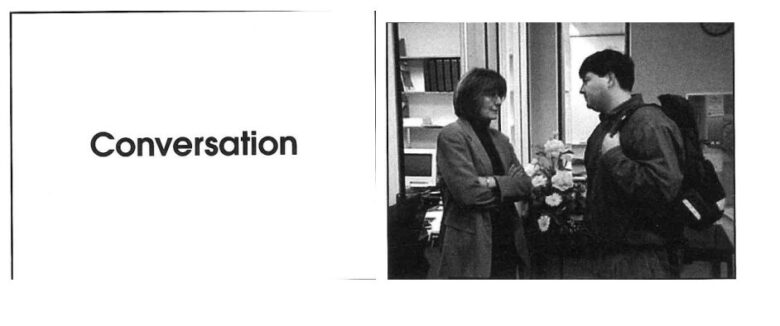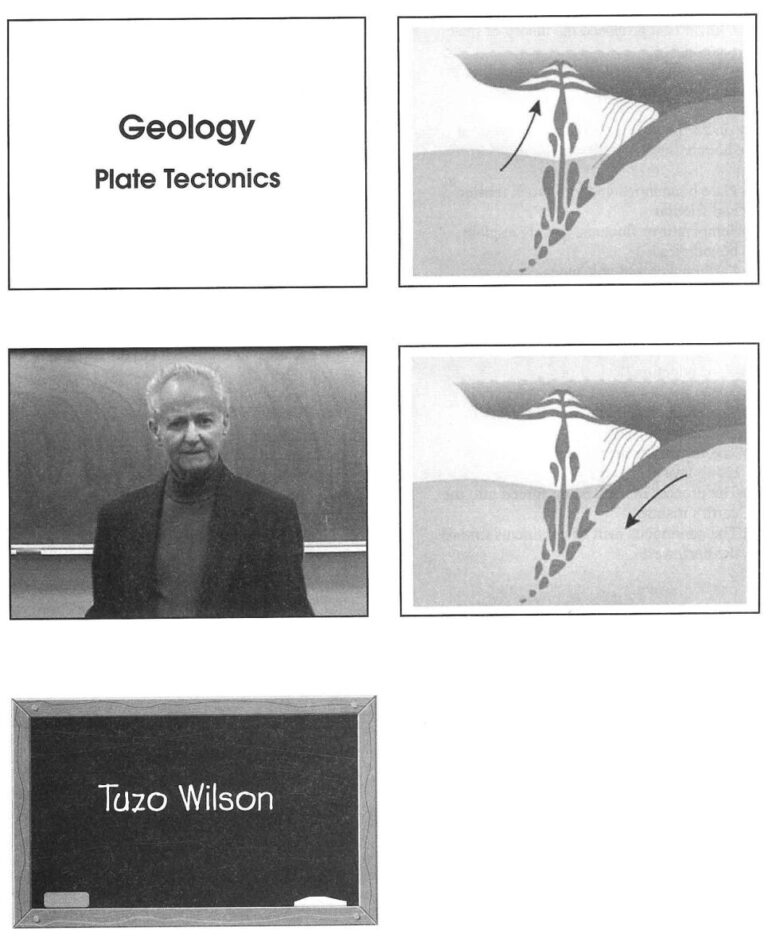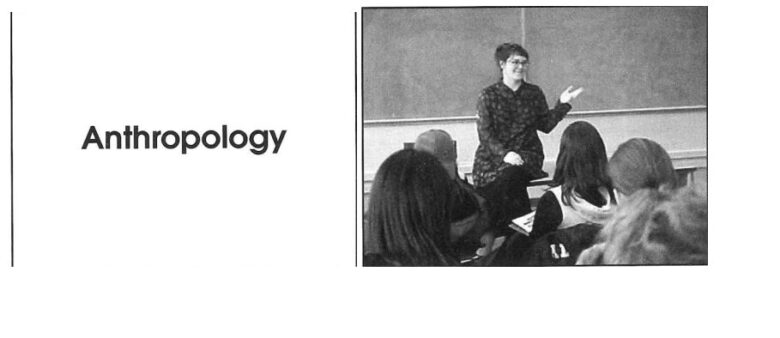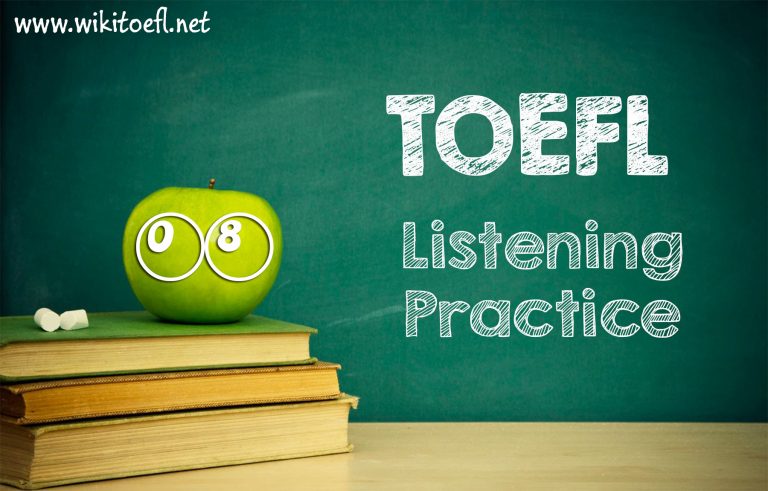TOEFL IBT Listening Practice Test 08 from Delta’s Key to the Next Generation TOEFL Test
Listening Section Directions
The Listening section measures your ability to understand conversations and lectures in English. You will hear each conversation and lecture only one time. After each conversation or lecture, you will hear some questions about it. Answer the questions based on what the speakers state or imply.
You may take notes while you listen. You may use your notes to help you answer the questions. In some questions, you will see this icon: . This means that you will hear, but not see, part of the question.
Some questions have special directions, which appear in a gray box. Most questions are worth one point. If a question is worth more than one point, the directions will indicate how many points you can receive. You will now begin the first part of the Listening section.
TOEFL IBT Listening Practice Test 08 from Delta’s Key to the Next Generation TOEFL Test Audio
QUESTIONS 1-5

1. What problem does the man have?
(A) He does not know where to register for classes.
(B) His dog was poisoned by something it ate.
(C) He does not know what type of transcript to order.
(D) He needs to replace his identification card.
2. Why does the man talk about his dog?
A. His dog enjoys visiting the campus.
B. He needs to buy special food for his dog.
C. His dog destroyed his student ID card.
D. He is worried about his dog’s health.
3. Listen again to part of the conversation. Then answer the question.
What can be inferred about riding the bus?
A. Dogs are not allowed to ride the bus.
B. There is no bus fare if you have a student ID.
C. All students are required to ride the bus.
D. The man does not like riding the bus.
4. What is one difference between an unofficial transcript and an official transcript?
(A) An unofficial transcript can be obtained free of charge.
(B) An unofficial transcript includes less information.
(C) An unofficial transcript takes five days to receive.
(D) An unofficial transcript can be used for a scholarship.
5. What will the man probably do?
Click on two answers.
A. Have his picture taken in the photo shop
B. Take his dog to the animal hospital
C. Print an unofficial copy of his transcript
D. Request an official copy of his transcript
QUESTIONS 6-11

6. Why does the professor talk about Tuzo Wilson?
(A) Wilson developed a warning system for earthquakes.
(B) Wilson wrote an article that contradicted scientific law.
(C) Wilson first proposed the theory of plate tectonics.
(D) Wilson discovered sea floor spreading in the North Atlantic.
7. Why do earthquakes and volcanoes occur at plate boundaries?
(A) Plate boundaries undergo much tension and friction.
(B) Temperatures fluctuate greatly at plate boundaries.
(C) Earthquakes and volcanoes cause new plates to form.
(D) The causes of earthquakes and volcanoes are unknown.
8. What is subduction?
(A) The eruption of rock from the earth in molten form
(B) The formation of the deep sea floor by rising lava
(C) The process of rock being forced into the earth’s mantle
(D) The continuous drift of continents toward the northwest
9. Identify the area in the diagram where subduction occurs.
10. Listen again to part of the lecture. Then answer the question.
Why does the professor ask this:
(A) To test the students’ understanding of plate tectonics
(B) To describe an event that confuses many scientists
(C) To point out a theory that has never been confirmed
(D) To introduce a phenomenon that he intends to explain
11. Which of the following are associated with subduction zones?
Click on two answers.
A. The pollution of the sea floor
B. Chains of volcanic islands
C. The sliding of one plate under another
D. Frequent thunderstorms and tornadoes
QUESTIONS 12-17

12. What is the main purpose of the talk?
(A) To explain why anthropologists study the home
(B) To describe how early people built shelters
(C) To trace the evolution of home design
(D) To evaluate various home-building materials
13. The professor briefly describes developments in home building. Put the developments in the order in which they occurred.
Drag each answer to the space where it belongs.
A. Round structure built of stone
B. Building with multiple living units
C. Round hut made of branches and leaves
D. Box-shaped structure with four walls
1
2
3
4
14. According to the professor, why was the box shape a major development in home building?
A.It was easier to build than the round shape.
B. It led to the invention of the window.
C. It could be built in a shorter length of time.
D. It allowed rooms to be joined to one another.
15. According to the professor, what ancient features still exist in the homes of today?
Click on two answers.
A. Hallway
B. Outer boundary
C. Garden
D. Round window
16. Why does the professor say this:
(A) To illustrate the social importance of the hallway
(B) To explain how walls determine who may enter a room
(C) To point out that homes are larger than in the past
(D) To describe the flow of traffic in the typical home
17. What does the professor imply about the rooms inside the homes of today?
(A) They have the same functions as those in ancient homes.
(B) They are more often round than box-shaped.
(C) They are arranged to progress from public to private.
(D) They are forbidden to any person outside the family.
Listening 18 – 34 Details Solution Here

